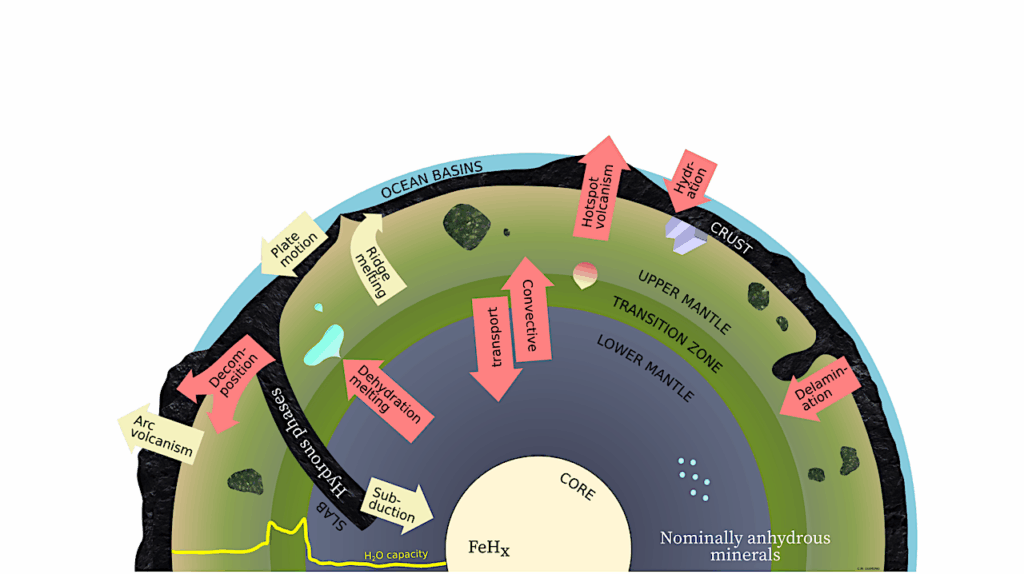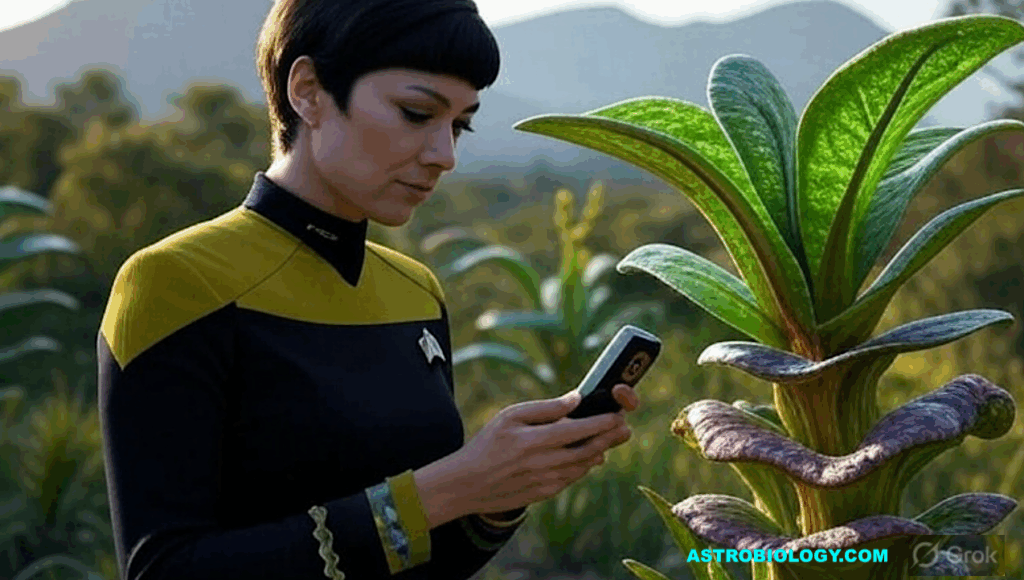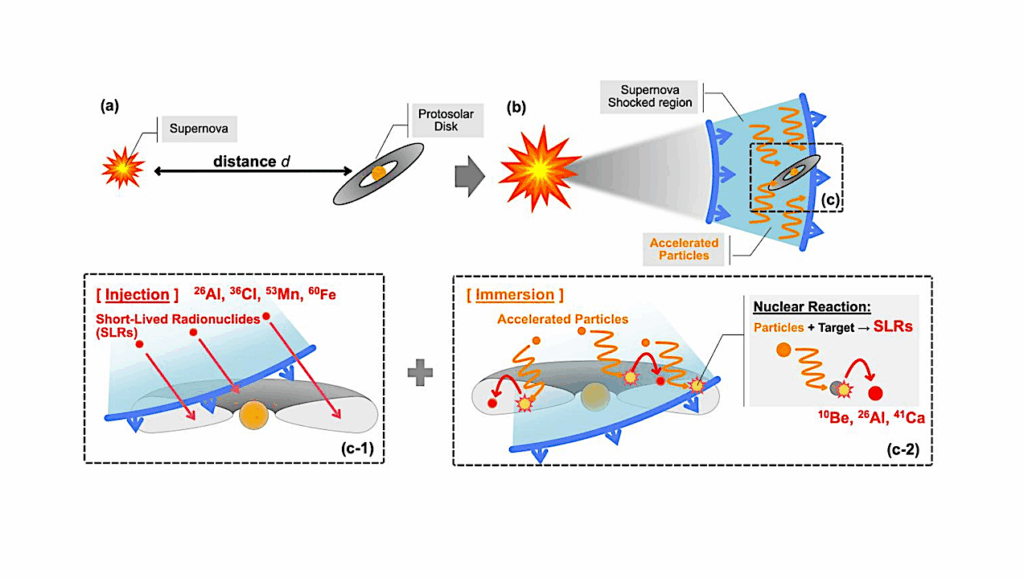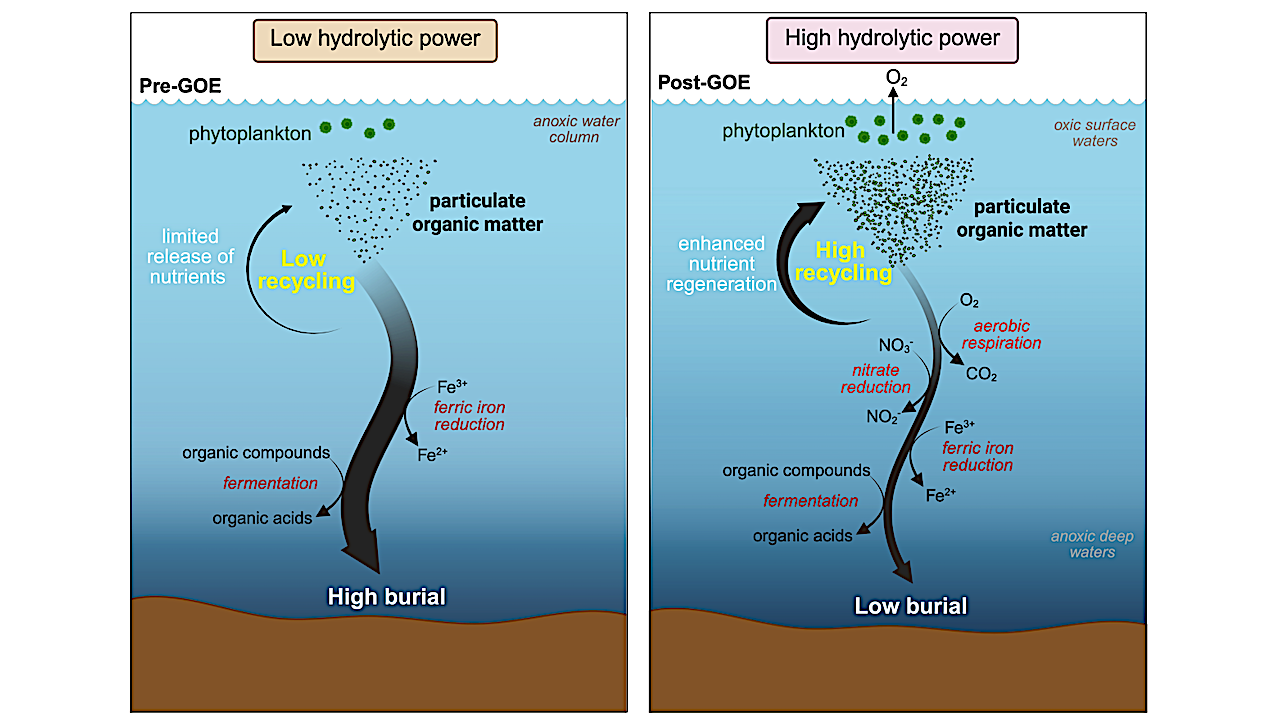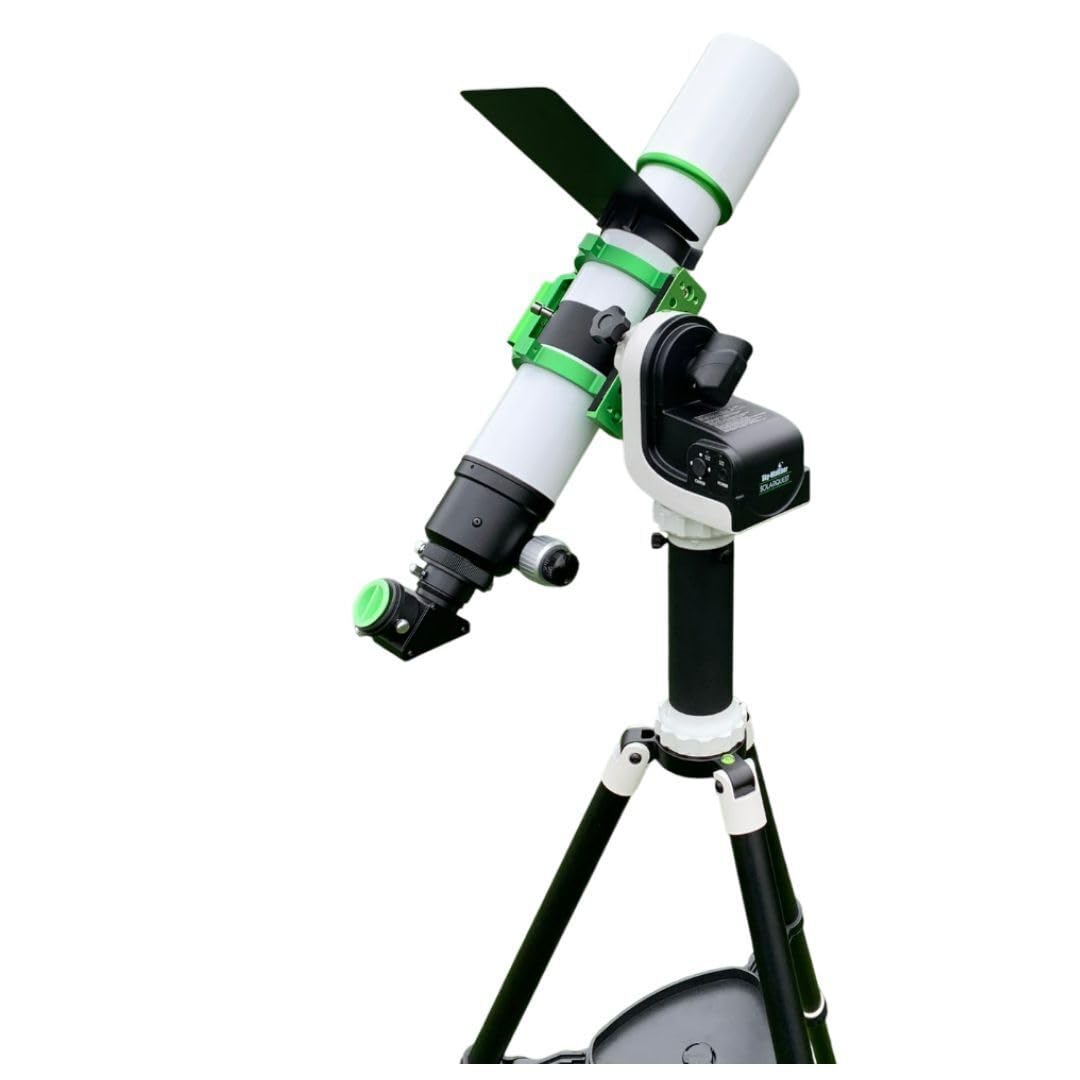Now Reading: Endospore Integrity And Viability Of Bacillus subtilis On Simulated Martian Regolith In Rotational UVC Radiation Exposures
-
01
Endospore Integrity And Viability Of Bacillus subtilis On Simulated Martian Regolith In Rotational UVC Radiation Exposures
Endospore Integrity And Viability Of Bacillus subtilis On Simulated Martian Regolith In Rotational UVC Radiation Exposures
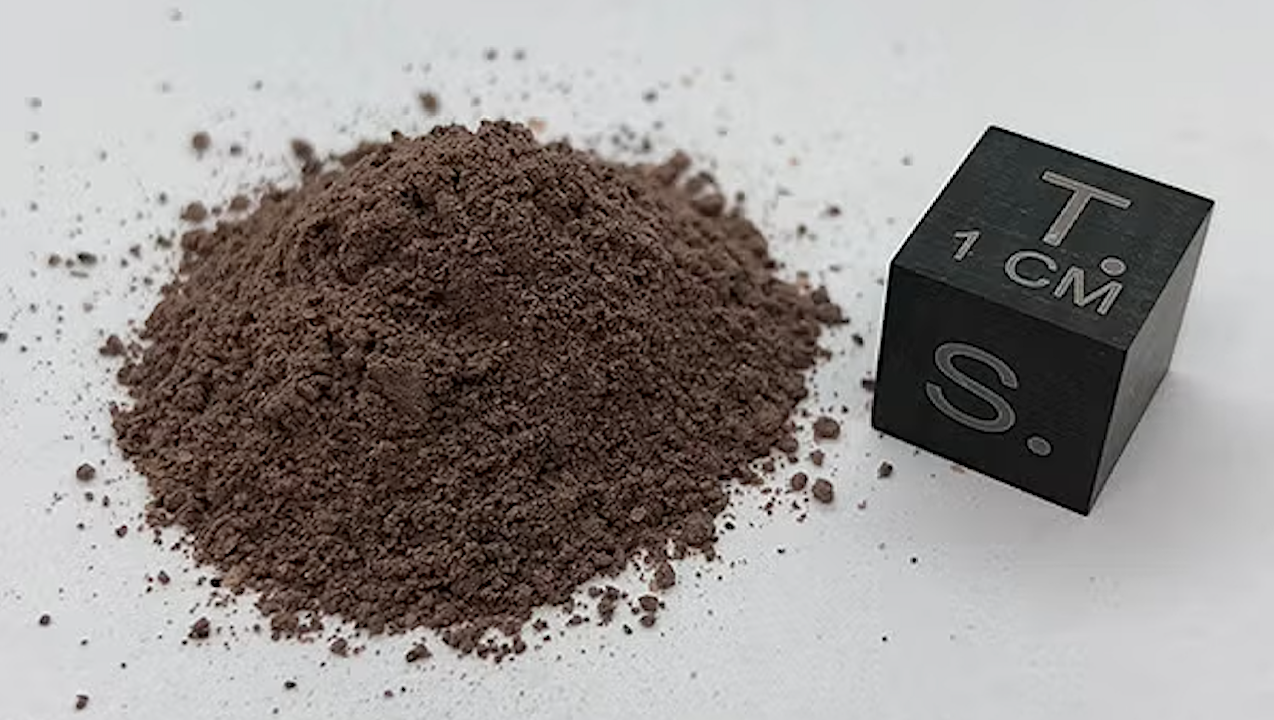

Current understanding of Martian regolith has advanced due to various rover explorations. Due to this, there are now several variants of Martian regolith that are chemically known and commercially available.
These simulants are vital for panspermia models that suggest a transfer of simple life throughout the solar system via ejecta containing life from Mars when its surface was more favourable to host life.
Bacteria that produce endospores are suitable candidates for these models as they have adequate protection from the harsh conditions of space, particularly against solar radiation. To assess this, the simple endospore former, Bacillus subtilis, was assessed for growth on several Martian regolith that represented different locations and epochs of Mars.
This consisted of a conventional Martian regolith, a sulphur rich regolith, and a simulant of the Jezero crater which was thought to have once been flooded with water. We found that the sulphur rich regolith inhibited endospore formation, while the other two variants favoured endospore production.
Interestingly, we also identified that pulsing of UVC in a simulation of endospores on rotational ejecta show that endospores break down faster with lower rotational frequency despite receiving the same UVC dose. Moreover, and most strikingly is that viable endospores after surviving UVC dosage displayed elevated expression of the DNA damage SOS response gene, RecA. Importantly, this study suggests that astrobiological approaches that utilise endospore viability as a benchmark for survival require reassessment as genomic integrity may be compromised.

Commercially available Mars Global Regolith Simulant (MGS-1) — available at Amazon.com
Importance
Current panspermia models that explore the potential interplanetary transfer of simple microbes, particularly those that focus on Mars, apply a combination of Martian topology and bacterial survival. This study assesses Bacillus subtilis endospore formation on different Martain regolith mediums and simulates their potential exposure on fast and slow rotations while being exposed to UV radiation to simulate space radiation.
We outline what regions of Mars would be suitable for the formation of endospores, and moreover, we assess viable endospores post-exposure for the expression of the SOS DNA damage repair gene, RecA. Endospores that are viable after withstanding near lethal doses of UVC show elevated expression of RecA.
While our study adds vital information to understanding Martian topography and microbial survival, our finding RecA expression analysis post-exposure adds important information to our understanding of endospores as a whole and should be factored into future astrobiological approaches.
Astrobiology, PLanetary Protection,
Stay Informed With the Latest & Most Important News
-
 012024 in Review: Highlights from NASA in Silicon Valley
012024 in Review: Highlights from NASA in Silicon Valley -
 02Panasonic Leica Summilux DG 15mm f/1.7 ASPH review
02Panasonic Leica Summilux DG 15mm f/1.7 ASPH review -
 03From Polymerization-Enabled Folding and Assembly to Chemical Evolution: Key Processes for Emergence of Functional Polymers in the Origin of Life
03From Polymerization-Enabled Folding and Assembly to Chemical Evolution: Key Processes for Emergence of Functional Polymers in the Origin of Life -
 04How New NASA, India Earth Satellite NISAR Will See Earth
04How New NASA, India Earth Satellite NISAR Will See Earth -
 05And Thus Begins A New Year For Life On Earth
05And Thus Begins A New Year For Life On Earth -
 06Astronomy Activation Ambassadors: A New Era
06Astronomy Activation Ambassadors: A New Era -
07SpaceX launch surge helps set new global launch record in 2024












